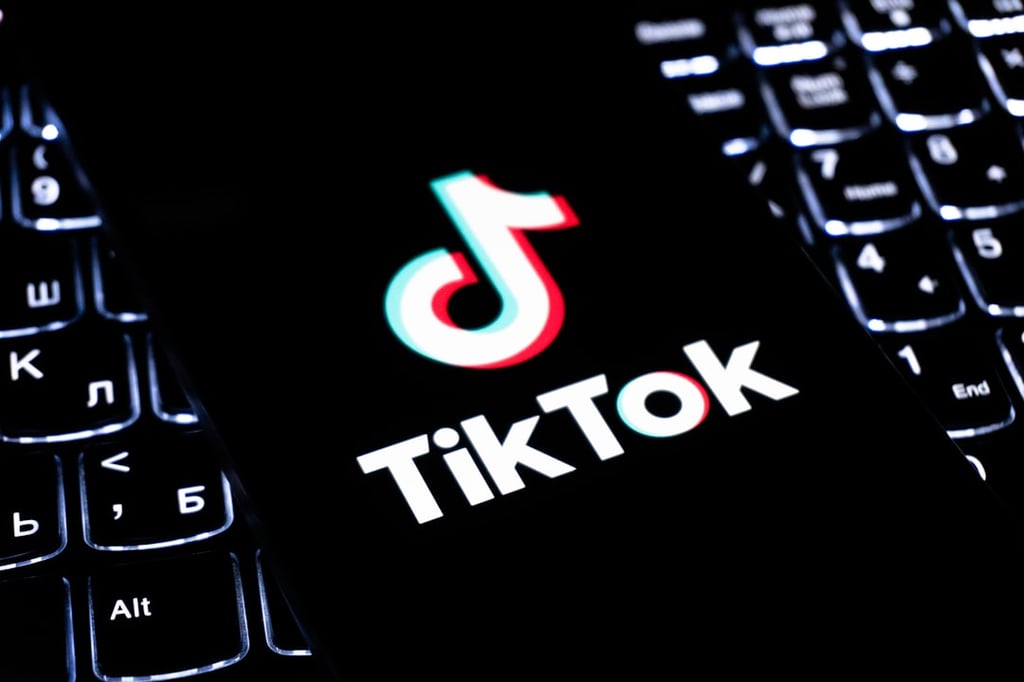The Gateway EC1430u ($550) could be seen as a cross between a notebook and a netbook. Netbooks are great. They’re light (under three pounds), low-priced ($300 to $400), handy traveling companions that are great for surfing the Web and checking e-mail and adequate for light productivity work. But a lot of users dream of a […]
Datamation content and product recommendations are
editorially independent. We may make money when you click on links
to our partners.
Learn More
The Gateway EC1430u ($550) could be seen as a cross between a notebook and a netbook.
Netbooks are great. They’re light (under three pounds), low-priced ($300 to $400), handy traveling companions that are great for surfing the Web and checking e-mail and adequate for light productivity work.
But a lot of users dream of a netbook-plus: something with the speed and storage for more serious work, the muscle for multitasking, the oomph for image editing — but not anything much bigger and heavier than a netbook, and certainly not something priced over $1,000 as fancy ultraportables are. A netbook on steroids, you might say. A notebook in netbook’s clothing, so to speak. The Gateway EC1430u ($550), to be precise.
This glossy black member of what Gateway calls its EC14 series (there’s a cherry red but otherwise identical model EC1437u) is slightly larger than most netbooks, measuring 8.0 by 11.2 by 1.2 inches and weighing 3.2 pounds. That’s due to its 11.6- rather than the usual 10-inch display — a 1,366 by 768-pixel panel with sunny LED backlighting.
![]()
Besides making room for 720p HD videos that won’t fit into most netbooks’ 1,024 by 600 resolution, the screen provides punchy colors and crisp text, although we found all but the top two or three brightness settings too dim for our taste. It’s still small as far as the overall viewing experience goes (we don’t start counting “real” laptop screens till we get to 13.3 inches), but it’s sharp.
Also on the small side: the gesture-enabled touchpad, which has a pair of stiff chrome buttons beneath it. The keyboard, by contrast, is full-sized (in fact, the A through apostrophe keys span a fraction more than the usual desktop 8 inches), with a shallow but responsive typing feel. It has no layout quirks except for the common one of Home and End doubling up with the PgUp and PgDn keys.
The Myth of Fingerprints
The Gateway’s glossy black plastic lid is handsome, but attracts plenty of smudges and fingerprints. It’s accented by a silver strip with the company name and logo that attracts plenty of nicks and scratches.
On the system’s left side are VGA and HDMI video outputs plus a USB 2.0 port. Two more USB ports are on the right, alongside Ethernet, headphone, and microphone connectors and an SD/xD/MMC/MS flash-card slot. There’s a slide switch on the front edge with the Bluetooth logo, but our test unit did not have Bluetooth. The ultraportable would also be a natural for integrated 3G wireless, but it isn’t available.
Read the rest at Hardware Central.
-
Ethics and Artificial Intelligence: Driving Greater Equality
FEATURE | By James Maguire,
December 16, 2020
-
AI vs. Machine Learning vs. Deep Learning
FEATURE | By Cynthia Harvey,
December 11, 2020
-
Huawei’s AI Update: Things Are Moving Faster Than We Think
FEATURE | By Rob Enderle,
December 04, 2020
-
Keeping Machine Learning Algorithms Honest in the ‘Ethics-First’ Era
ARTIFICIAL INTELLIGENCE | By Guest Author,
November 18, 2020
-
Key Trends in Chatbots and RPA
FEATURE | By Guest Author,
November 10, 2020
-
Top 10 AIOps Companies
FEATURE | By Samuel Greengard,
November 05, 2020
-
What is Text Analysis?
ARTIFICIAL INTELLIGENCE | By Guest Author,
November 02, 2020
-
How Intel’s Work With Autonomous Cars Could Redefine General Purpose AI
ARTIFICIAL INTELLIGENCE | By Rob Enderle,
October 29, 2020
-
Dell Technologies World: Weaving Together Human And Machine Interaction For AI And Robotics
ARTIFICIAL INTELLIGENCE | By Rob Enderle,
October 23, 2020
-
The Super Moderator, or How IBM Project Debater Could Save Social Media
FEATURE | By Rob Enderle,
October 16, 2020
-
Top 10 Chatbot Platforms
FEATURE | By Cynthia Harvey,
October 07, 2020
-
Finding a Career Path in AI
ARTIFICIAL INTELLIGENCE | By Guest Author,
October 05, 2020
-
CIOs Discuss the Promise of AI and Data Science
FEATURE | By Guest Author,
September 25, 2020
-
Microsoft Is Building An AI Product That Could Predict The Future
FEATURE | By Rob Enderle,
September 25, 2020
-
Top 10 Machine Learning Companies 2021
FEATURE | By Cynthia Harvey,
September 22, 2020
-
NVIDIA and ARM: Massively Changing The AI Landscape
ARTIFICIAL INTELLIGENCE | By Rob Enderle,
September 18, 2020
-
Continuous Intelligence: Expert Discussion [Video and Podcast]
ARTIFICIAL INTELLIGENCE | By James Maguire,
September 14, 2020
-
Artificial Intelligence: Governance and Ethics [Video]
ARTIFICIAL INTELLIGENCE | By James Maguire,
September 13, 2020
-
IBM Watson At The US Open: Showcasing The Power Of A Mature Enterprise-Class AI
FEATURE | By Rob Enderle,
September 11, 2020
-
Artificial Intelligence: Perception vs. Reality
FEATURE | By James Maguire,
September 09, 2020
SEE ALL
ARTICLES







